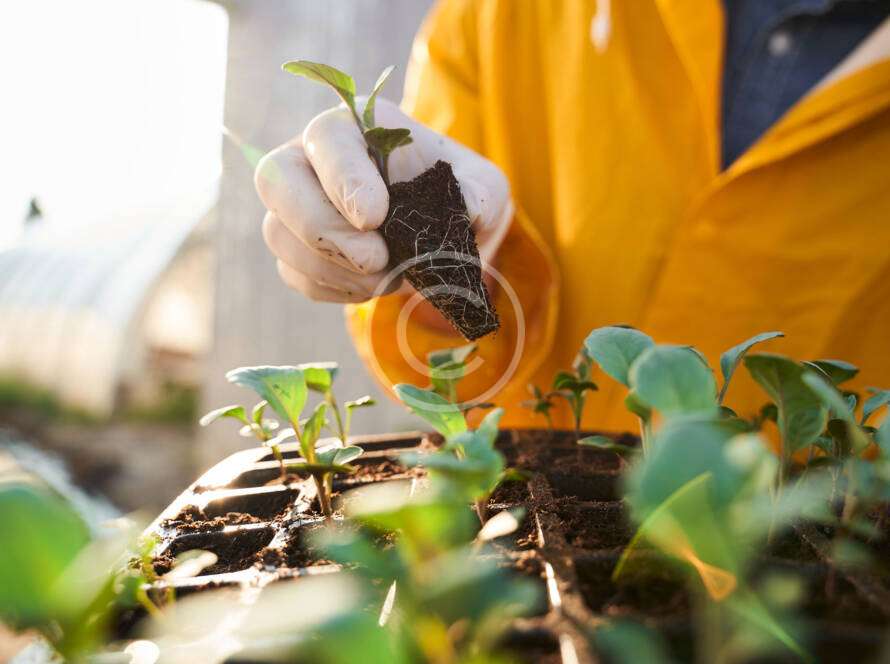Heat stress is a critical challenge for dairy farmers, significantly impacting cow health, milk production, and overall farm productivity. This comprehensive guide explores natural, holistic approaches to mitigating heat stress while supporting animal welfare and maintaining organic farming principles.
Understanding Heat Stress
What is Heat Stress?
Heat stress occurs when:
- Ambient temperature exceeds cow’s comfort zone
- Humidity levels create additional thermal challenges
- Animals cannot effectively regulate body temperature
- Physiological stress responses are triggered
- Performance and health are compromised
Cow Thermal Comfort Zones
- Optimal temperature range: 40-75°F
- Humidity impact on thermal regulation
- Breed-specific temperature tolerances
- Individual animal variations
- Environmental adaptation capabilities
Physiological Impacts of Heat Stress
Performance Reduction
- Decreased milk production
- Lower milk fat content
- Reduced feed intake
- Metabolic energy conservation
- Reproductive performance decline
Health Consequences
- Increased metabolic stress
- Compromised immune function
- Potential reproductive challenges
- Digestive system disruption
- Elevated body temperature risks
Natural Cooling Strategies
1. Shade and Shelter Management
Effective Shade Techniques
- Natural shade trees
- Strategically designed shelters
- Ventilated barn structures
- Reflective roof materials
- Minimized direct sunlight exposure
2. Water Management
Hydration Support
- Unlimited clean water access
- Multiple drinking stations
- Cool water temperature maintenance
- Regular water source cleaning
- Electrolyte balance support
Nutritional Interventions
Natural Cooling Nutritional Strategies
- Increased water-rich feed
- Electrolyte supplementation
- Digestible energy optimization
- Mineral balance support
- Herbal metabolic enhancers
Recommended Feed Adjustments
- Higher fat content feeds
- Easily digestible nutrients
- Reduced fiber during heat stress
- Balanced mineral supplementation
- Natural cooling supplements
Herbal and Natural Supports
Cooling Botanical Interventions
- Peppermint
- Eucalyptus
- Aloe vera
- Ginger
- Adaptogenic herbs
- Natural metabolic supporters
Supplementation Approaches
- Herbal cooling blends
- Electrolyte natural sources
- Adaptogenic herbal mixtures
- Mineral-rich natural supplements
- Stress reduction botanicals
Environmental Management
Passive Cooling Techniques
- Improved barn ventilation
- Strategic building orientation
- Reflective surface treatments
- Natural airflow optimization
- Microclimate creation
Active Cooling Methods
- Misting systems
- Fans and air circulation
- Wet bedding strategies
- Evaporative cooling techniques
- Minimal technological intervention
Technological Monitoring
Heat Stress Tracking
- Body temperature monitors
- Behavioral change tracking
- Physiological stress indicators
- Performance monitoring systems
- Data-driven management platforms
Breed and Genetic Considerations
Adaptive Breeding Strategies
- Heat-tolerant breed selection
- Genetic diversity preservation
- Natural adaptation support
- Comprehensive genetic monitoring
- Long-term resilience development
Economic Considerations
Production Impact Management
- Minimized productivity losses
- Reduced veterinary expenses
- Improved animal welfare
- Long-term herd health
- Sustainable farming approach
Challenges and Solutions
Common Heat Stress Obstacles
- Unpredictable climate variations
- Individual animal differences
- Complex physiological interactions
- Economic constraints
- Technological limitations
Mitigation Approaches
- Comprehensive monitoring
- Adaptive management strategies
- Individualized cooling approaches
- Continuous learning
- Holistic support systems
Practical Implementation
Heat Stress Management Plan
- Comprehensive farm assessment
- Environmental modification
- Nutritional strategy development
- Monitoring and tracking
- Continuous adaptation
Conclusion
Managing heat stress naturally represents a sophisticated approach to dairy cow care, balancing animal welfare, productivity, and ecological sustainability. By understanding and supporting natural cooling mechanisms, farmers can develop resilient, high-performing dairy herds.
Disclaimer: Specific heat stress management strategies may vary based on regional conditions, breed characteristics, and individual farm environments.



